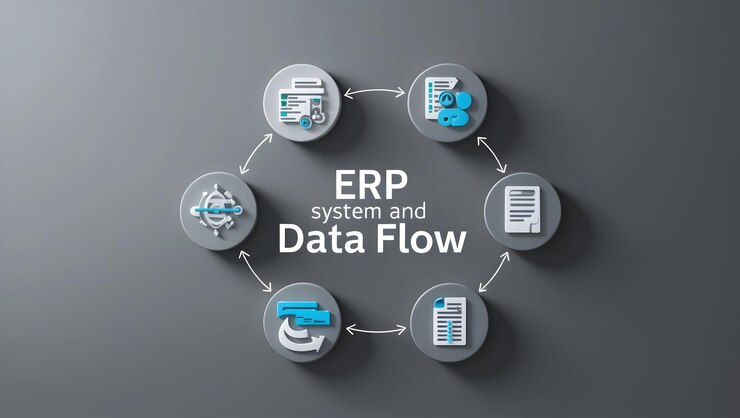



Reaching Accredited Investors Can Transform Your Business Potential
An accredited investor is an individual or entity that meets specific financial criteria established by regulatory bodies such as the U.S. Securities and Exchange Commission (SEC), ensuring they possess the financial sophistication and stability required to engage in high-risk investment opportunities. These criteria generally include either a net worth of at least $1 million, excluding the primary residence, or a consistent annual income of at least $200,000 for individuals, or $300,000 for couples, for at least two consecutive years, with the expectation of maintaining this income level in the future. Additionally, certain entities such as banks, investment firms, hedge funds, or trusts with assets exceeding $5 million may also qualify as accredited investors. The rationale behind these regulations is to safeguard less-experienced investors from financial exposure to complex, high-risk investment vehicles that may require advanced financial knowledge and risk tolerance.



